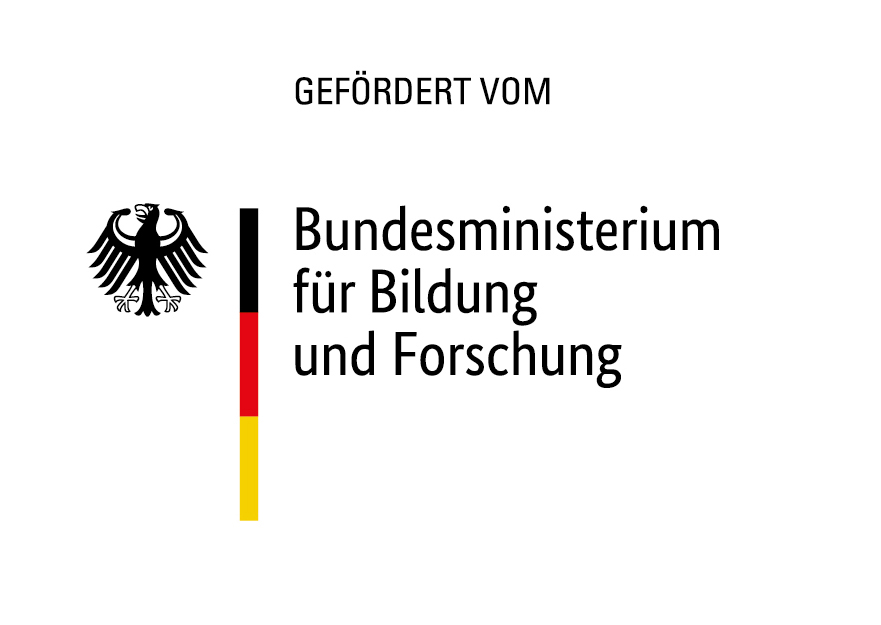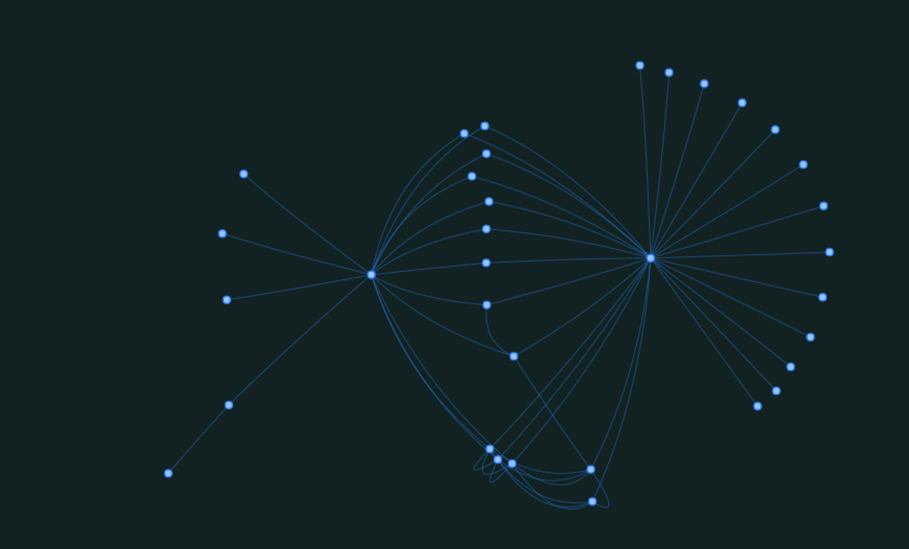
KIAlgoNetzwerk
KriminelleNetzwerke
Combating billing fraud and corruption in the health care sector using AI-based identification of suspicious network structures
Overall research goal
The aim of the project is the traceable identification of anomalies in network structures. These are determined for case constellations in the healthcare system from available mass data with the support of AI.
Subgoals of HKA
Together with Fraunhofer ITWM HKA is involved in the development and demonstration of suitable algorithms. Andreas Wagner, Professor for Applied Data Science at the Faculty W, is leading the collaborative project.
Motivation
Billing fraud and corruption in the healthcare sector are causing major damage to social insurance schemes throughout Germany. The costs to the community of solidarity are estimated at 14 billion euros a year, and the number of cases is rising significantly. The criminal networks in the care sector, for example, have the characteristics of organized crime. "Care fraud in the millions: this is how the system worked" was the headline of the Bayerischer Rundfunk, for example, about a network that was uncovered in Augsburg and Munich in the fall of 2019. The well-being and health of numerous people in need of care is thereby endangered by care that is unprofessional or even not provided at all. Unlawful outflows of funds endanger the sustainable stable financing of the health care system.
Corruption and billing fraud are often characterized by fraudulent networks, e.g., a network consisting of a physician, care provider and patient. Identifying these relationships and analyzing them in detail must be possible to prove illegal collusion. The nature of the relationship within such a network, such as the authority of the participants to give instructions to each other, is legally decisive in order to prove perpetration or complicity in court.
Methods
The analyzing methods are developed in cooperation between HKA and Fraunhofer ITWM . One idea is to complement classical investigation procedures with mathematical methods of graph theory and time series analysis combined with weak AI. This is based on the aggregation of mass data in the form of a graph. Persons in an investigation case are seen as nodes, and the email traffic between the persons are seen as edges. The keywords of the emails become attributes using Natural Language Processing. When looking at communication networks, for example, a change over time can be informative. The intensity of communication also enables the extraction of conspicuous individuals or groupings in the network.
To decouple algorithm development from data availability, algorithms are first constructed on publicly available sample data. Then, actual investigative data is used to evaluate the abilities of the mathematical models.
Project findings
In the first year of the project, a demonstrator for the analysis of e-mail data has been developed.
Status
Ongoing project 06/2021 — 05/2024
Further information


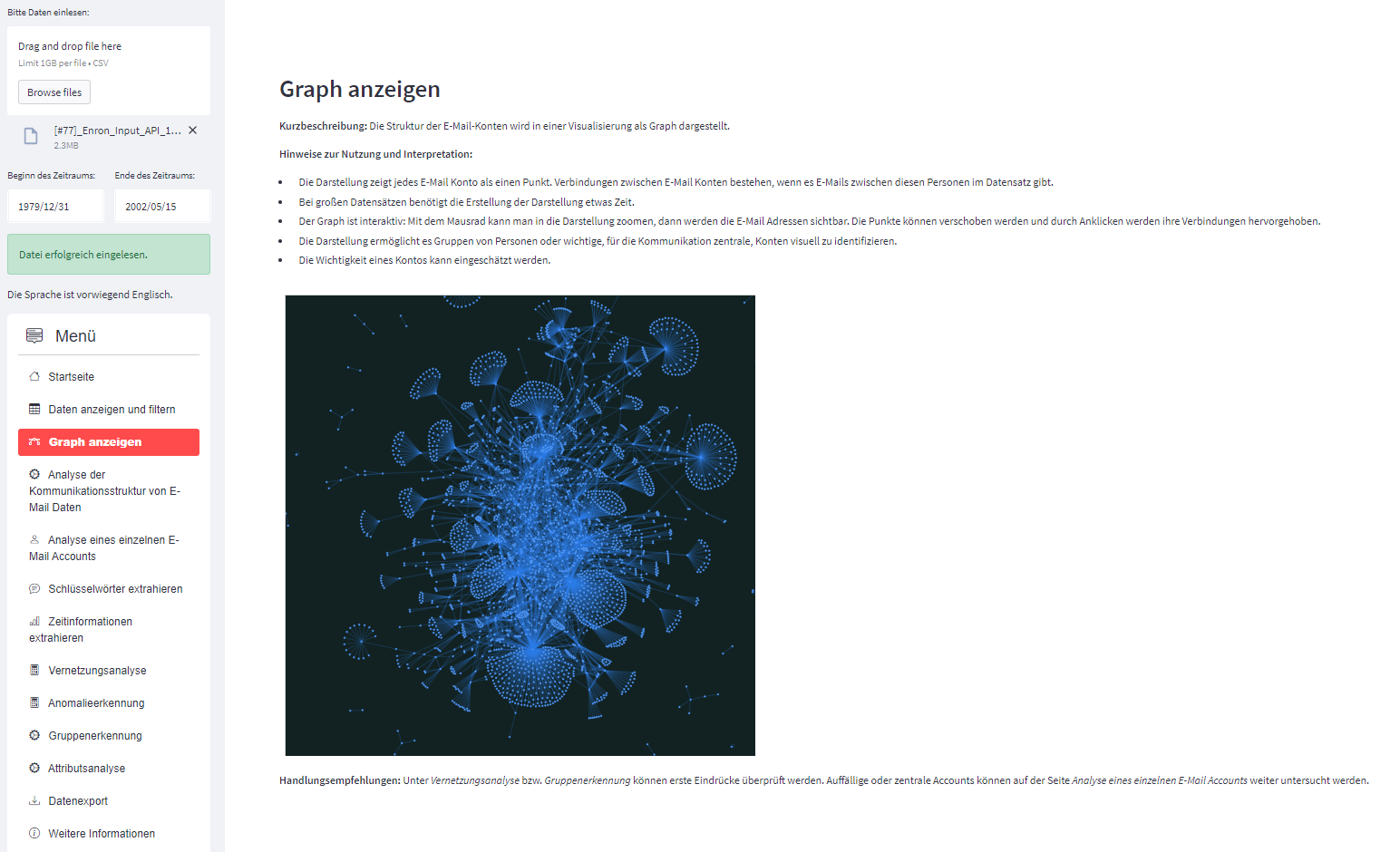
Partner
The collaborative project involves the Institute of Applied Research (IAF) of Karlsruhe University of Applied Sciences, the Fraunhofer Institute for Industrial Mathematics ITWM in Kaiserslautern, the Rosenheim Criminal Investigation Department, the GKV-Spitzenverband, Empolis GmbH , also based in Kaiserslautern and the Bavarian Central Office for Combating Fraud and Corruption in the Healthcare Sector (ZKG).
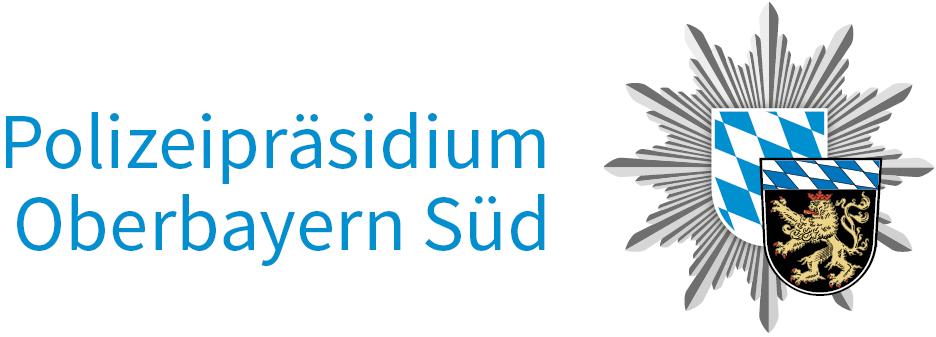
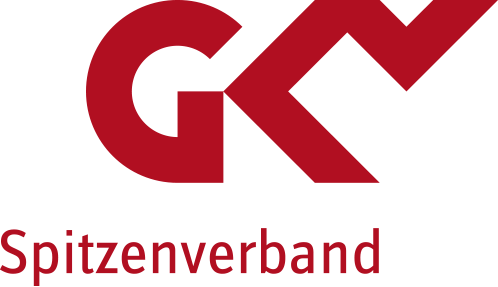

Project funding
The project is funded by the German Federal Ministry of Education and Research (BMBF) and is part of the "Research for civil security" program of the BMBF (SIFO).
